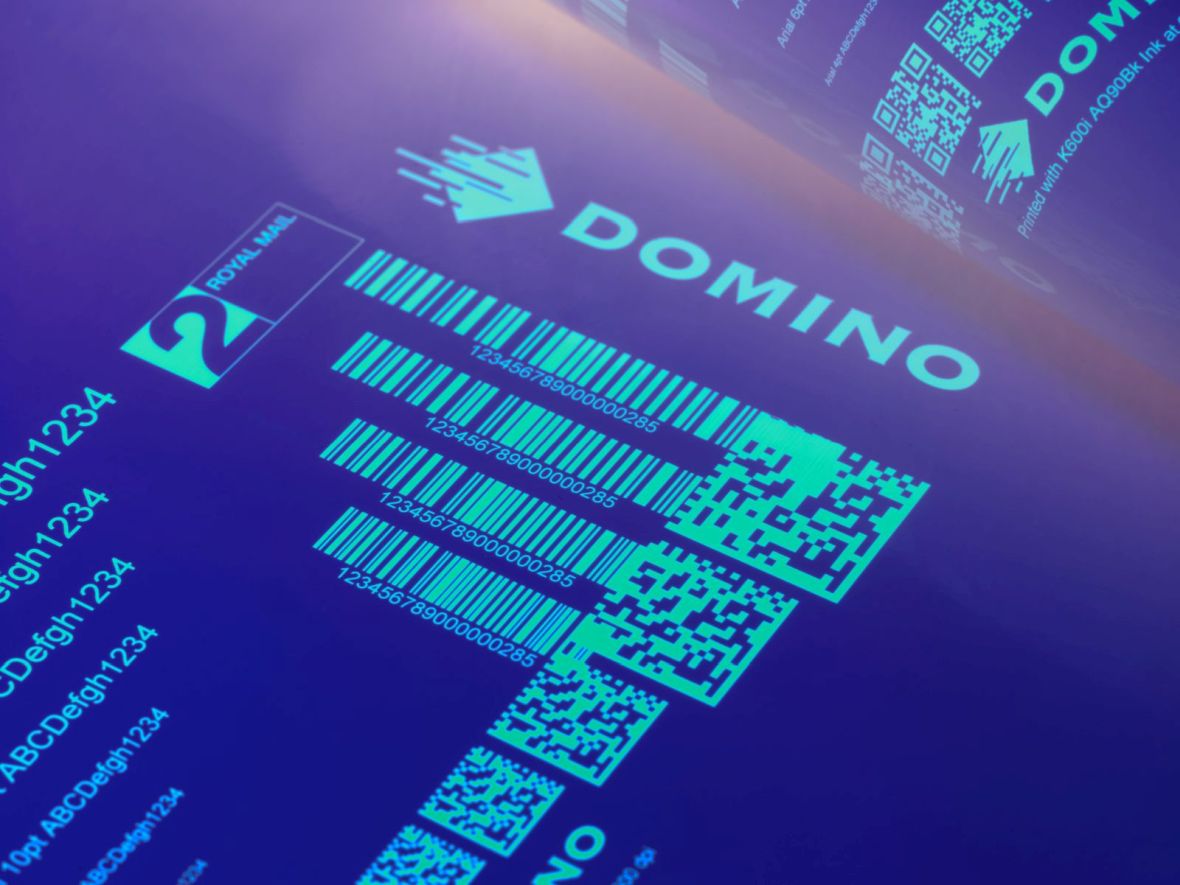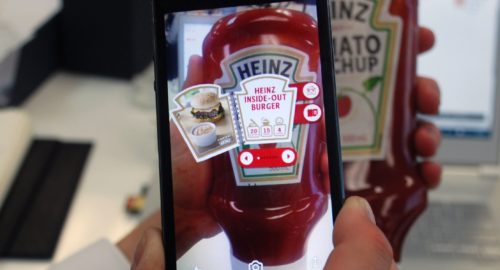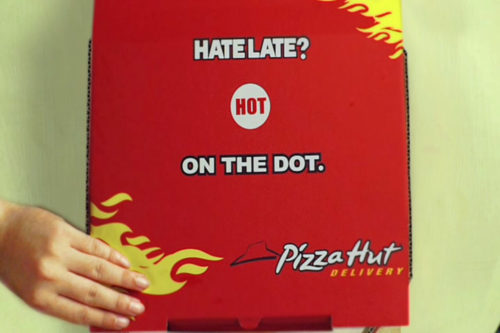
Not long ago, we wrote on our blog about the use of mobile apps in the cosmetics and perfume trade. Smartphones are not, though, the only platform that can use modern systems which complement the main product. The market for new technologies in packaging is developing rapidly, and there is no shortage of new solutions, many of which could be successfully applied to the cosmetics and perfume trade.
Information on the packaging
One of the purposes of product packaging is to inform the consumer about the contents of the product, the expiry date, production series, and what the product, in fact, is. With the help of new technologies, that range of information can be vastly extended. One such possibility is being developed at the Institute of Polymer and Dye Technology of the Lodz University of Technology. There they are developing a biodegradable material that will include a coloured indicator. Thanks to the way it changes its physical properties, in this case its colour, the buyer will know how old the product is and under what conditions it was stored. The rate at which the colour changes will depend on the product’s exposure to light and high temperatures.
For safety
Another possibility presented by new packaging technologies is the application of watermarks or fluorescent substances. Such markings can be used to prove the authenticity of a product, similar to what is done with banknotes. Such solutions could perform especially well in the perfume trade, as this sees continual waves of fake products flooding the market. Fluorescent ink, which “glows in the dark”, not only confirms the originality of the product but can also serve an interesting marketing function.
Caps like thermometers
For many years thermochromic markings have been used on products, especially soft drinks, which change the colour of the packaging based on the container temperature. The same technology has been used by CTI Inks, but with a little twist. It has created packages which change colour based on the ambient temperature. One application by the company is the packaging for baby bathing creams. After placing it in water, the colour of the package changes to show whether the water is the right temperature.
Labels as Alternate Reality barcodes
At the same time that well-known company, Heinz, has used their labels as barcodes to be read by “augmented reality” devices. A smartphone app can be used to easily acquire additional information about the product through the world of “augmented reality”. This technology can be used either on product labels or via special markings on the packaging itself. The marking is then recognised by the app, which turns on a feature that invites the user to interact with the product and the brand.
Other markets are already testing…
Many different companies make use of various new technologies on their packaging. Going back to product temperature indicators, one could also mention Pizza Hut. Pizzerias have introduced a heat-sensitive point on the cardboard packaging to let customers just how fresh the product is. Cafes use similar markings on cups with hot beverages, while restaurants use indicators to show that a drink has been properly cooled.
Cheetos, a brand of corn crisps, employs photochromatic technology. In this case, the packaging changes under the influence of light rather than temperature. The interior of the pack is white until it is opened, but as light hits the surface different colours and shapes appear, so the consumer can see a unique picture.
On the other hand, Coca-Cola 12-packs are sold in special cardboard, which can be assembled into 3D goggles. You can download a suitable app to your smartphone before inserting it into the goggles, and in a moment you can begin to enjoy a multidimensional virtual world.
The Pharmaceutical market is the best example
The cosmetics trade can learn from the pharmaceutical market, where ever more packages show whether their precious and delicate contents have been stored in bad conditions. They make use primarily of thermochromic markers and NFC identifiers. The latter are chips which, after connecting with a smartphone, can show the product’s storage history.
Of course, the use of these technologies provides new challenges and costs for the producers. However, the benefits of their use might be worth the effort. New technologies can become a great new opportunity to create deeper, longer and more interesting relationships with customers. And this can profit any brand.
Powrót do listy artykułów












